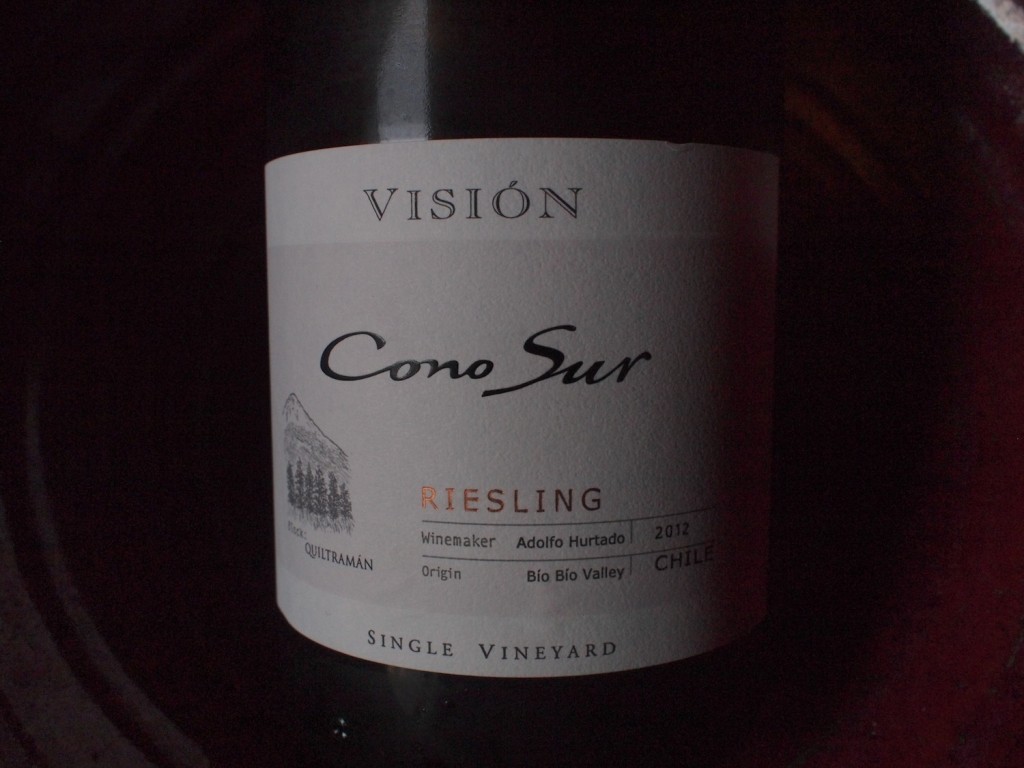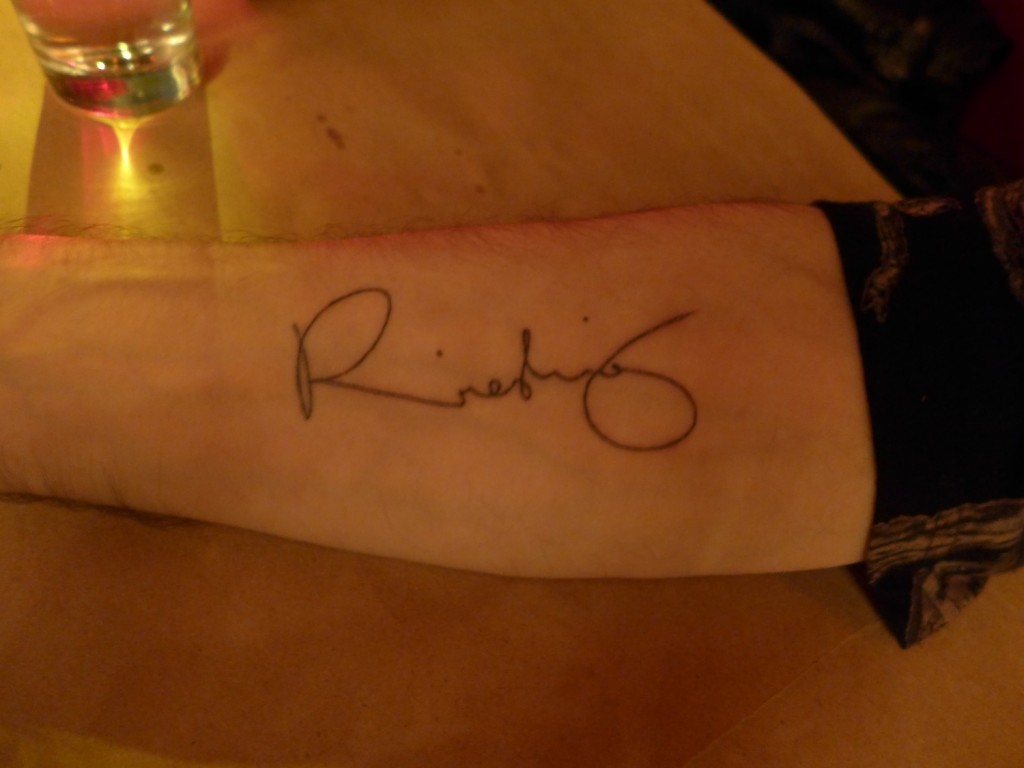
Above is the first photo (thank you Carla Rzeszewski of The Breslin!) of my right forearm since Nuco of North Star Tattoo (www.northstartattoo.com) on East 7th Street decorated it with s piece of my florid handwriting back on November 28th. I’d been planning this for a long time, but told nobody and waited until it had healed before showing anyone. It documents how a feel about Riesling and what kind of grip Riesling has got on me.
Fascination, that is the illogical fixation upon and obsession with something or someone that goes way deeper and continues far longer than a simple crush, has a low visibility in our part of the world, although it’s absolutely fundamental to western culture. Think of pop music, fashion, eroticism and perfume. Due to the way our sense of smell interacts with our memories aromas easily result in fascination. Although they are almost insubstantial their hold on us can be tenacious. For example, I can remember exactly how the bathroom in my maternal grandparents home smelt, and if I close my eyes and concentrate upon that smell then I feel almost as if I am transported back there although that bathroom ceased to exist years ago.
Wine, and particularly the subtly aromatic wines like Riesling and Pinot Noir, has an almost magical power to kindle und rekindle the fire of fascination. That’s why wine – though it needed religion to push its way into the center of our culture, and in spite of the fact some of the stuff tacked onto it reduces it to a status symbol – has such an importance in our hi-tech world. Just think about the situation where a couple sit face to face each with a glass of wine in front of them and what the wine does in that situation. It is no less important a part of it than what they say and do, their clothes or the ambience of the room, but because it functions subliminally as well as consciously its effect is far greater than we normally acknowledge.
I was thinking about all of this as I had dinner with Carla Rzeszewski and Rosemary Gray – two of the most talented young women in the New York wine scene – at the Spotted Pig restaurant in the West Village last night. The assault of wonderful aromas from the kitchen, from the plates of food on our table of us and more varied stuff coming from the rest of the room was almost overwhelming. However, the indescribably delicate 2011 Schonfels Riesling from Florian Lauer in the Saar/Germany (you can find this and other wines from Weingut Peter Lauer at Chambers Street Wines in New York) had no trouble at all holding its own. How is that possible?
Wine aromas are a very mixed crowd. At one end of the scale you have the brutality of the methoxypyrazines (pyrazines for short), the signature aroma of Savignon Blanc, but also present in the red Caberent grapes and Merlot. You need incredibly little of them to create an intensely green vegetal stink. Professor Hans R. Schultz of the Geisenheim wine school on the Rhine once explained the minimum concentration of pyridines in wine necessary for them to be perceptible by telling the following story: “Think of James Bond’s cocktail, a Martini with only a drop or two of Vermouth in it. Keeping the Vermouth in your mind, tip the cocktail into an Olympic size swimming pool. Now the Vermouth has been greatly diluted, but not nearly enough. So take the swimming pool and pour it into the Indian Ocean. Then you’ve got the right concentration!”
My first whiff of pure pyrazine was in the laboratory of a “nose”, a perfume blender on the Rive Gauche in Paris. He showed me the recipe for one of his latest creations, a long list of substances for each of which a percentage was given. For the last item on the list the percentage was many orders of magnitude below 1%, in fact there was a long list of zeros before a number came. “How can you possibly smell that?” I naively asked. He stepped over to the other side of the lab, took one of the glass lab jars off the shelf, dipped the tip of a thin cardboard wedge into the clear liquid it contained and pointed the tip in my direction. The green paprika smell almost made me a casualty of the global perfume wars!
Although a good Riesling has hundreds of aromas the most important seem to be norisprenoids – sorry for the technical name, but sometimes it’s important to be correct – which seem to be responsible for most of the fruity aroma. They have nowhere near the screaming intensity of the pyrazines and have a completely different life story too. Pyrazines are formed in the lowest leaves on the vine’s shoots shortly after flowering, that is very early, and only end up in the grapes much later. The norisporenoids seem to form in the outermost cells of the grape skin and only right at the end of the ripening process. This is the reason Riesling has to be late-picked in order to have a ravishing aroma and flavor. That is something the almost dry 2011 Schonfels Riesling from Florian Lauer certainly has, but what makes the wine so amazing is the interplay of those fruity aromas with all the other aspects of the wine, beginning with the yeasty elements.
To me it’s logical that young wines should also smell of yeast, for without the activity of the yeast they’d still be grape juice. And grape juice tastes about 1% as aromatic as the wine you get when you ferment it, because the fermentation process literally unlocks the vast majority of the aromas. But first the winemaker has to get them out of the skin of the grape where they (and all the minerals) are stored; the juice only contains sugars and acids. In order to extract as many of them as possible cool climate Riesling winemakers like Florian Lauer do skin-contact, that is they macerate the destemmed and gently crushed grapes for some hours before pressing them. However, the skins also contain phenolic substances (the correct name for tannins) and the more intense the sun and the drier the ripening conditions the more tannins form in the skins as a protective shield for the pips. This is great for red wines, but negative for Riesling, so in warm climates Riesling winemakers avoid skin contact. This is a crucial reason for their wines having a completely different flavor profile to cool climate Rieslings.
The next element in Florian Lauer’s wine is all the textural stuff, or mouthfeel, which demands a certain alcoholic content (12,5% in this case) plus the glycerine and similar fermentation byproducts. The more alcohol and glycerine in a wine the richer it tastes, but this is a double-edged sword, for alcohol also inhibits our perception of the wine’s aromas. That’s an important reason why those very low-alcohol (7% – 8.5%) sweet Riesling from the Mosel, Saar, Mittelrhein and Nahe are so extremely aromatic. With dry Rieslings (and all other dry wines) the need for a certain alcoholic level to give body must be set against the conflicting need to keep the alcoholic content down to help maximize aroma; no easy task for winemakers!
The discrete tannins of Florian Lauer’s Riesling masterpiece are like a whale below the waterline of which you can see only the hump. They give the wine power and underline its richness, then the bright acidity lifts the ample body making it seem way lighter than it actually is and seems to illuminating all the flavors like a spotlight focused on a diamond. If sniffing the aromas was like a gentle and beautiful kiss, then the interplay of all the wine’s flavors as it flowed down my throat was more like an orgasm…
And that I think is enough for today!
PS This would have been the entry for Day 14, but I got home too late last night to explain all this as well as I just did. Thank you for your patience!
![120114_riesling_global_RZ [1600x1200]](http://www.stuartpigott.de/wp-content/uploads/2012/12/120114_riesling_global_RZ-1600x120012.jpg)

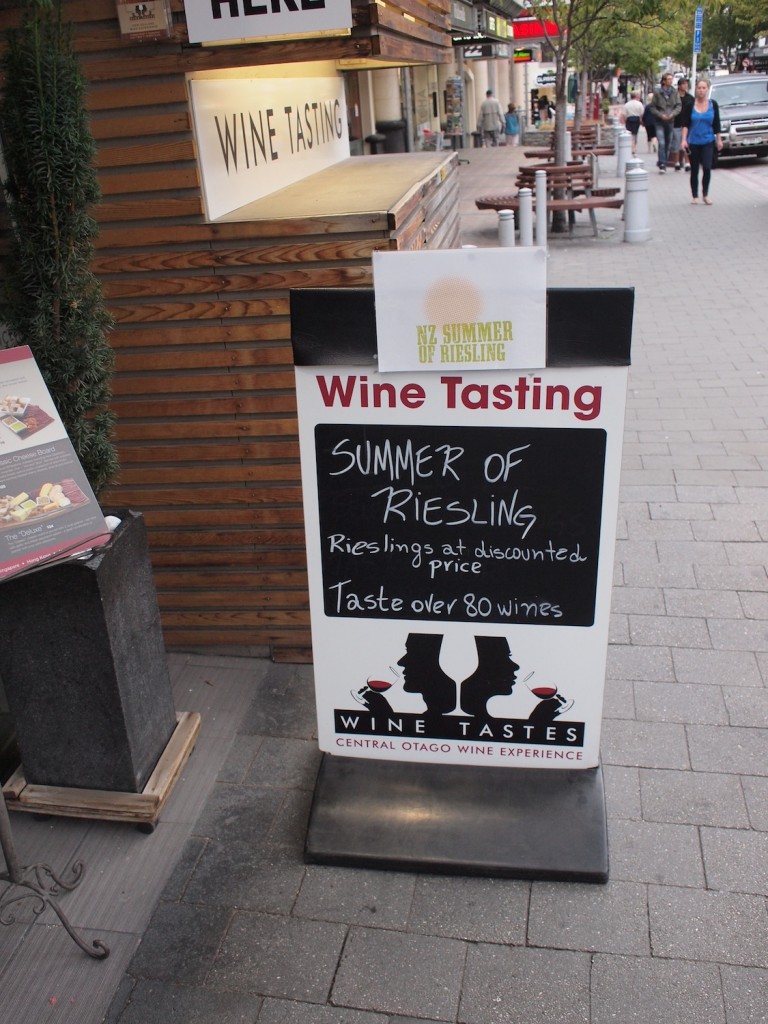
![120114_riesling_global_RZ [1600x1200]](http://www.stuartpigott.de/wp-content/uploads/2012/12/120114_riesling_global_RZ-1600x120015.jpg)
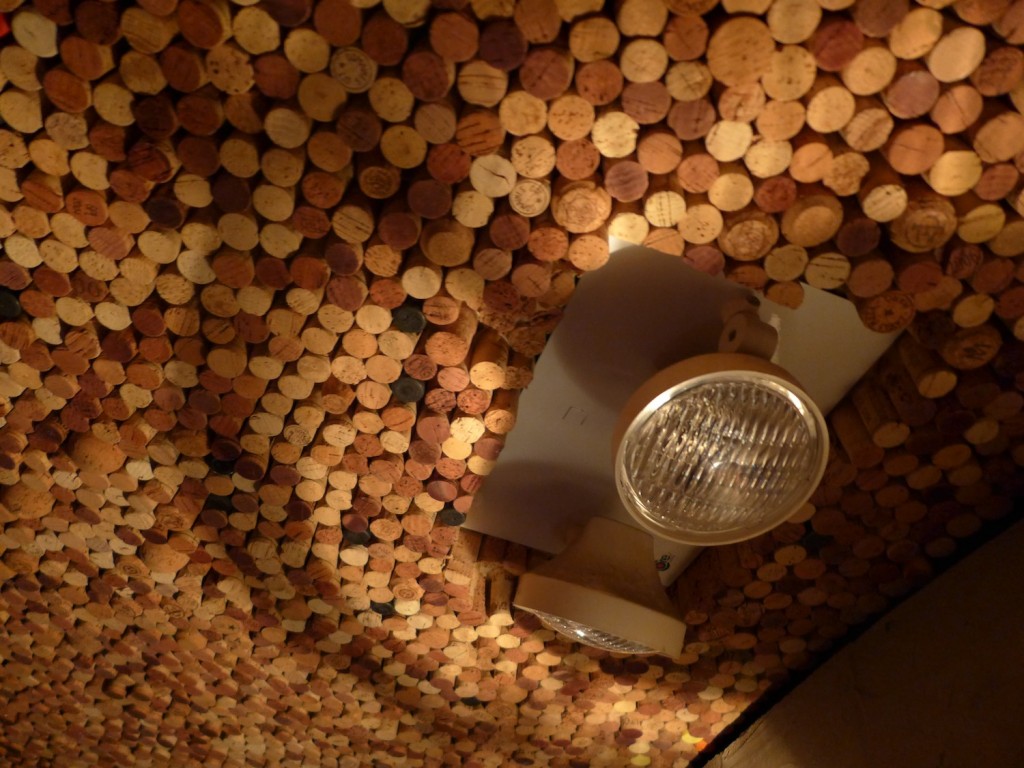
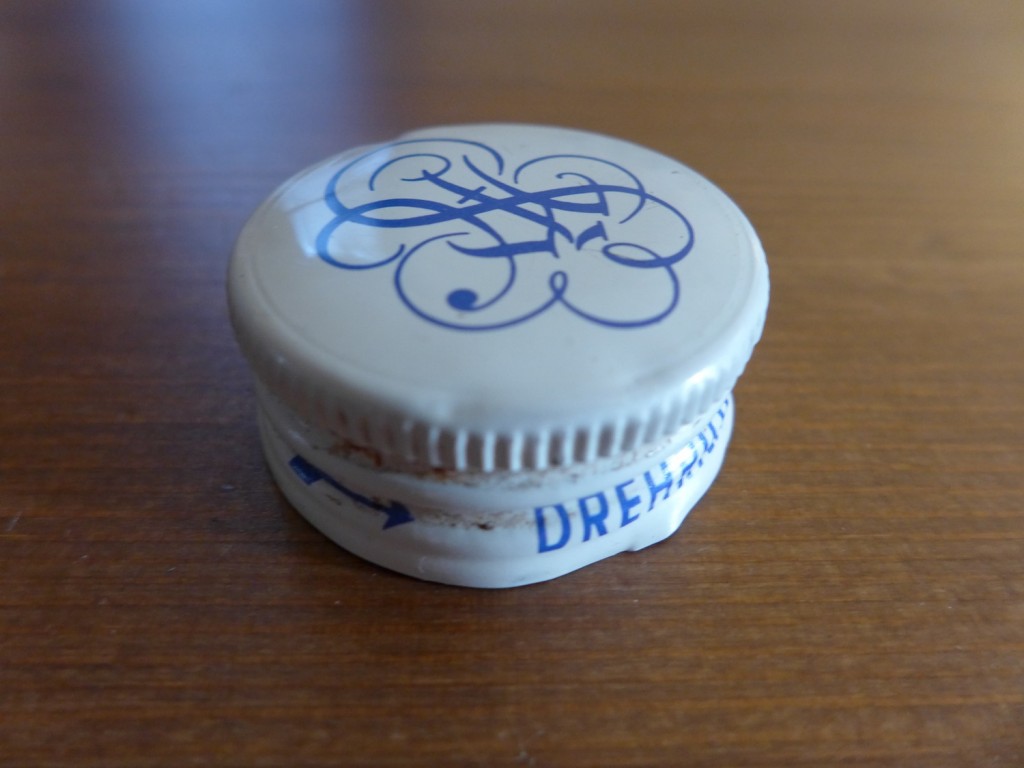
![120114_riesling_global_RZ [1600x1200]](http://www.stuartpigott.de/wp-content/uploads/2012/12/120114_riesling_global_RZ-1600x120014.jpg)
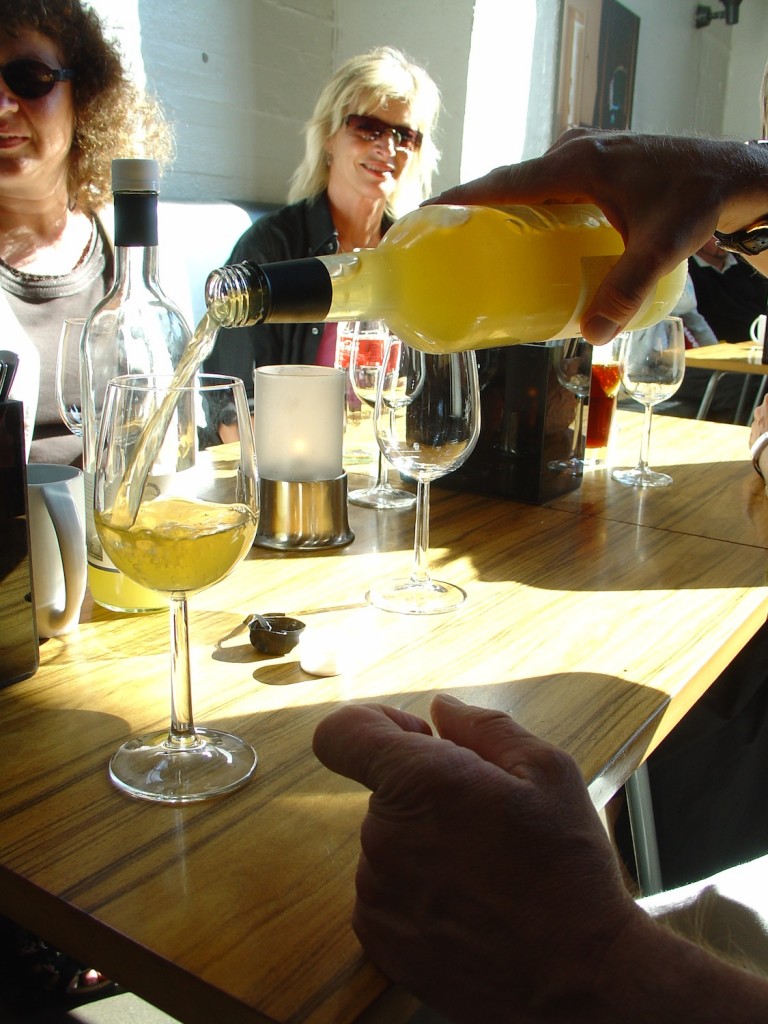
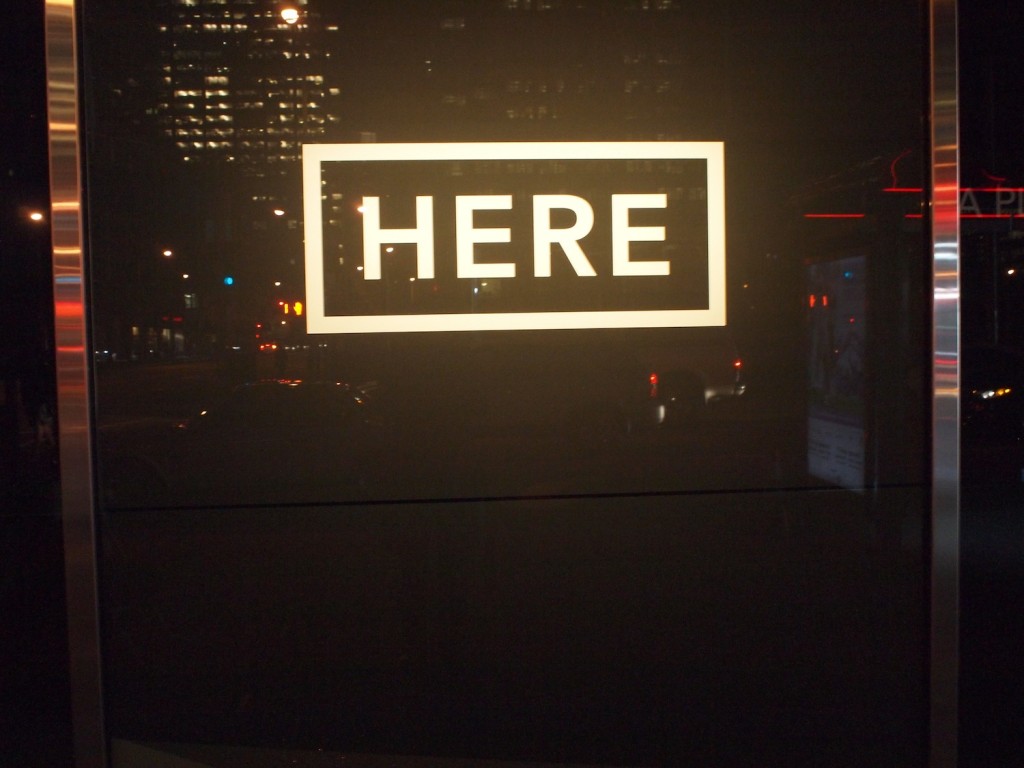
![120114_riesling_global_RZ [1600x1200]](http://www.stuartpigott.de/wp-content/uploads/2012/12/120114_riesling_global_RZ-1600x120013.jpg)

![120114_riesling_global_RZ [1600x1200]](http://www.stuartpigott.de/wp-content/uploads/2012/12/120114_riesling_global_RZ-1600x120012.jpg)
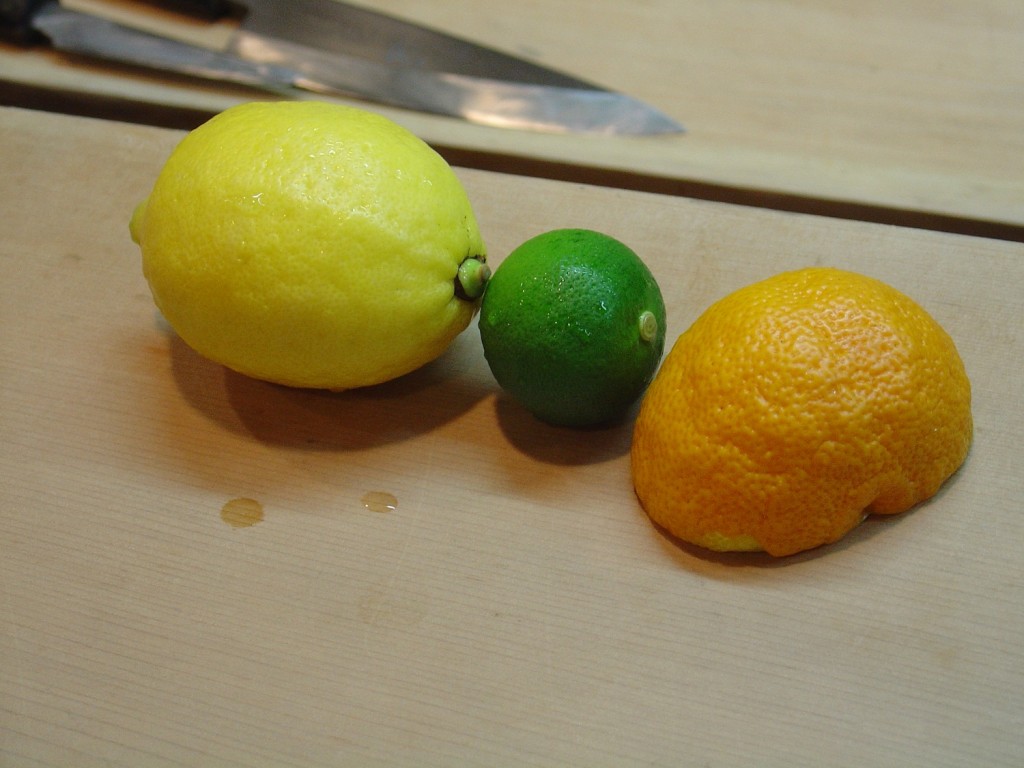
![120114_riesling_global_RZ [1600x1200]](http://www.stuartpigott.de/wp-content/uploads/2012/12/120114_riesling_global_RZ-1600x12007.jpg)
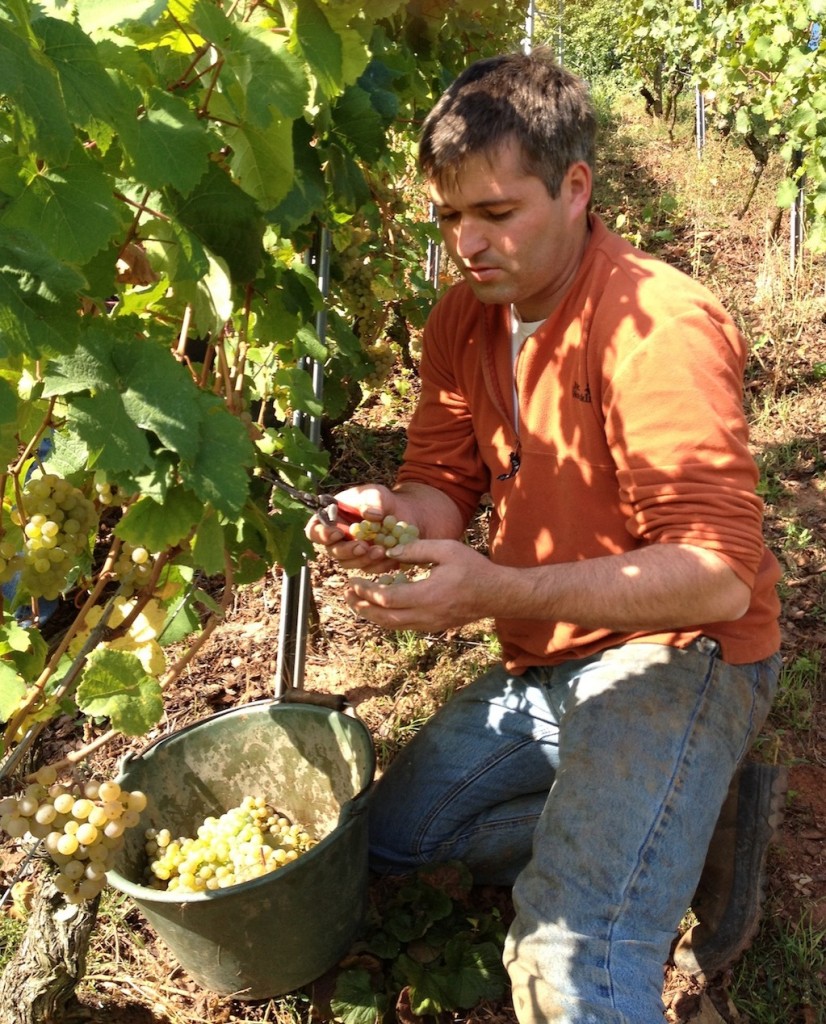
![120114_riesling_global_RZ [1600x1200]](http://www.stuartpigott.de/wp-content/uploads/2012/12/120114_riesling_global_RZ-1600x12009.jpg)
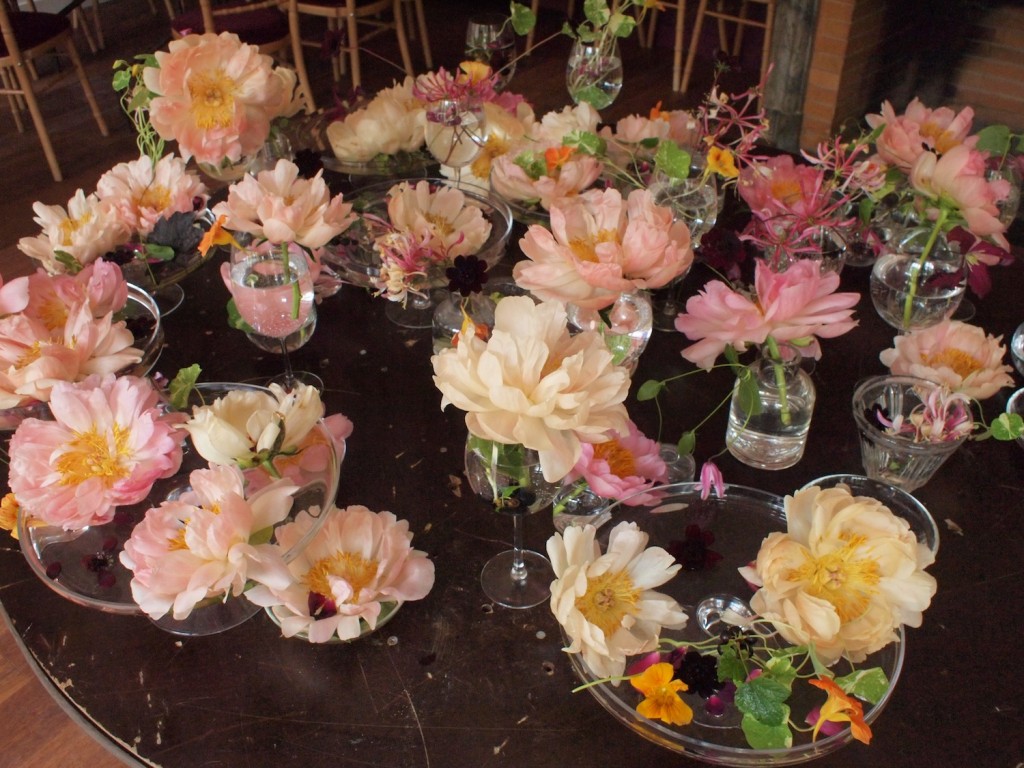
![120114_riesling_global_RZ [1600x1200]](http://www.stuartpigott.de/wp-content/uploads/2012/12/120114_riesling_global_RZ-1600x120010.jpg)
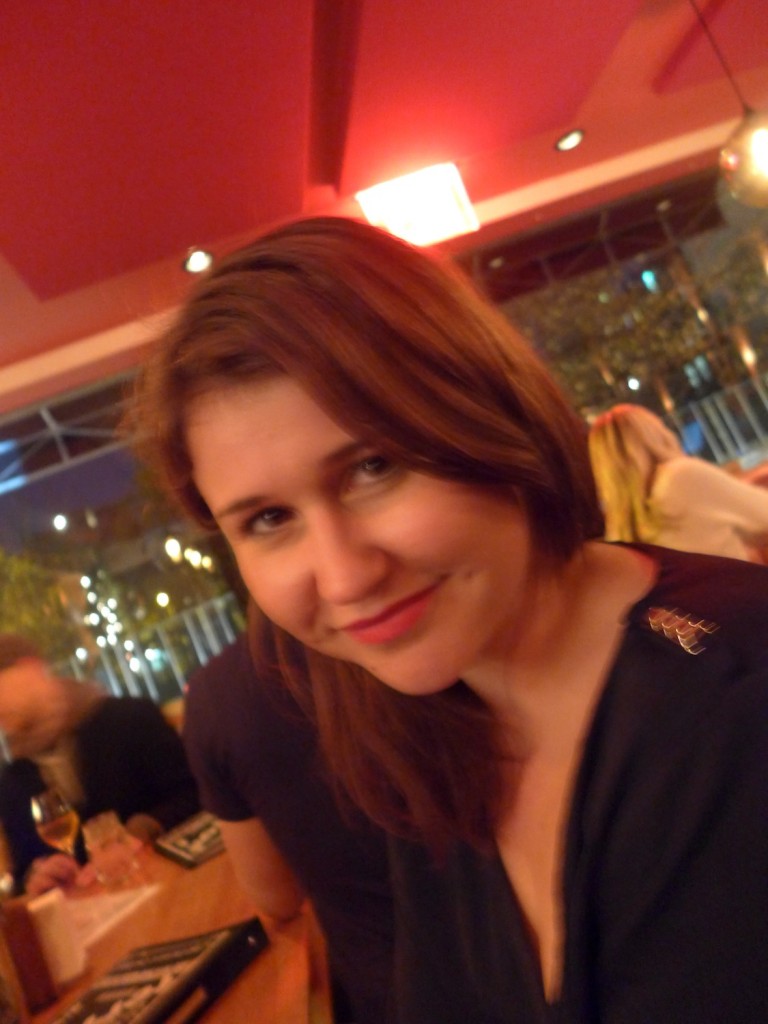
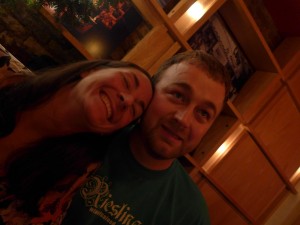
![120114_riesling_global_RZ [1600x1200]](http://www.stuartpigott.de/wp-content/uploads/2012/12/120114_riesling_global_RZ-1600x12006.jpg)
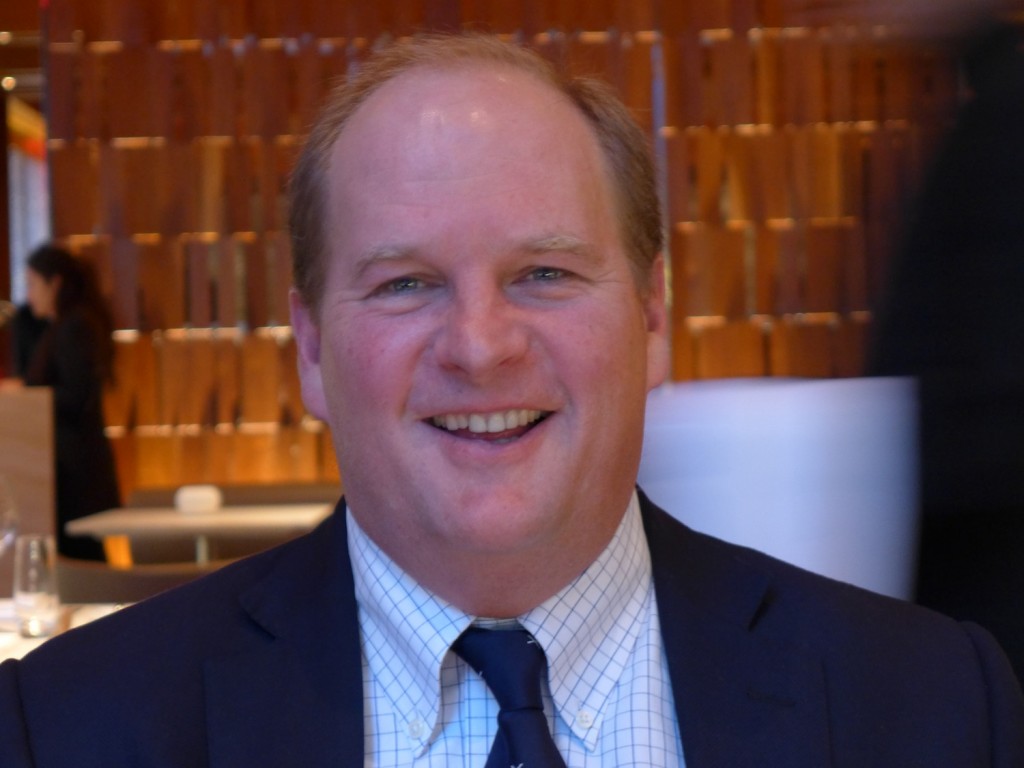
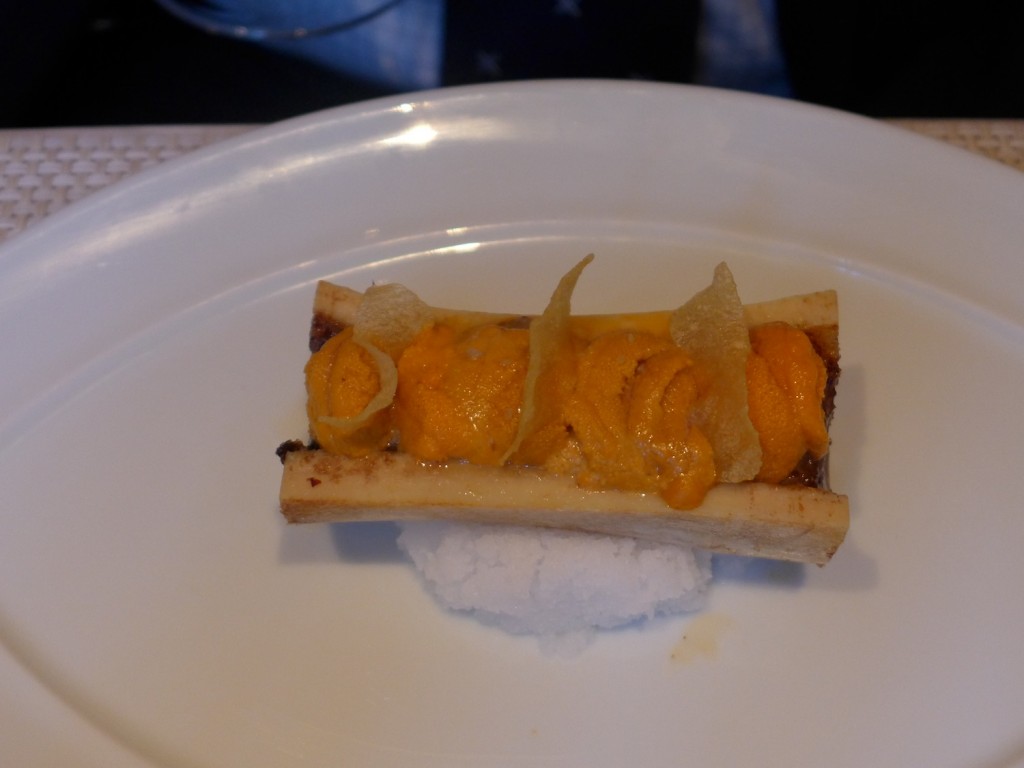
![120114_riesling_global_RZ [1600x1200]](http://www.stuartpigott.de/wp-content/uploads/2012/12/120114_riesling_global_RZ-1600x120011.jpg)
